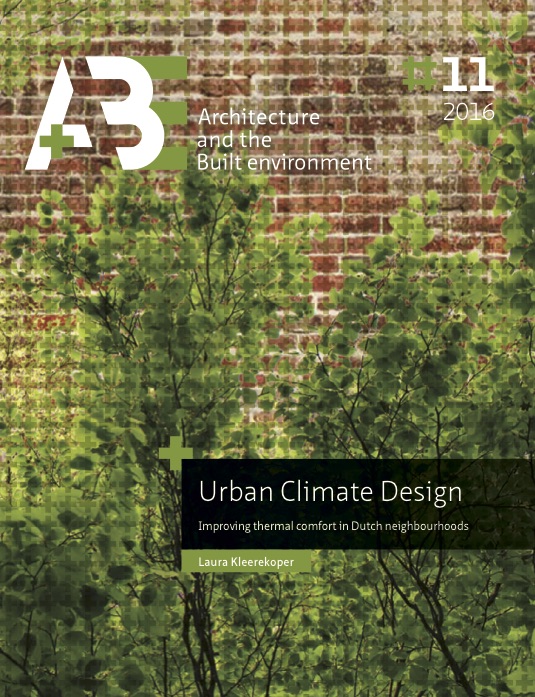Designing for the urban (micro) climate
Keywords:
climate adaptation, heat mitigation, urban designers, microclimateAbstract
In this chapter the results of all previous chapters are input for the development of three integrated urban development strategies.
For climate adaptation measures to be part of the ‘standard’ design process, urban designers and policy makers need to have clear guidelines at their disposal (Pijpers- van Esch, 2015). A first assistance in selecting heat mitigation measures was presented in the previous chapter. Common neighbourhood typologies are classified in relation to heat accumulation and appropriate heat mitigation measures are presented for that specific typology. Using this guide for the pre-selection of adaptation measures does not require an extensive analyses of the urban microclimate and enables urban designers and policymakers to quickly scan the adaptation options for the area. Still, the choice for a particular measure is rather arbitrary.
This chapter tests how heat mitigation measures can be integrated in a planning or design process for three different assignments in different neighbourhoods. The sub-question that will be answered is: How can the transformations proposed per neighbourhood typology be applied in an integrated design assignment, combining various heat mitigation measures, linking water adaptation measures and creating additional value in relation with energy, health, ecological, social and economic issues?
The sub-questions answered in this and the preceding chapter are input for the research question: How can microclimate be integrated into a planning or design process?


